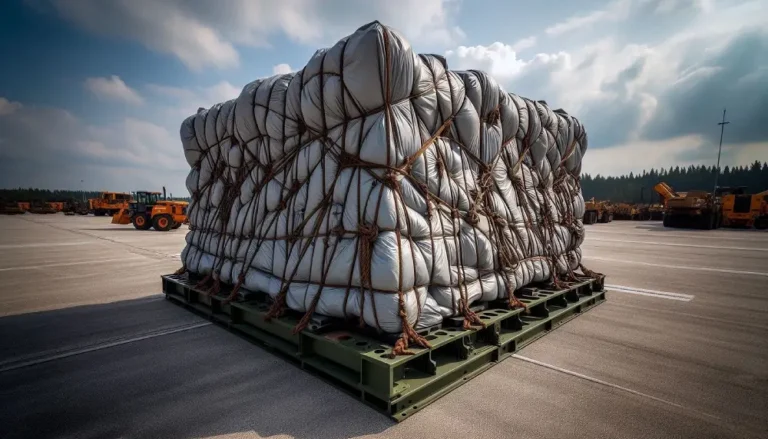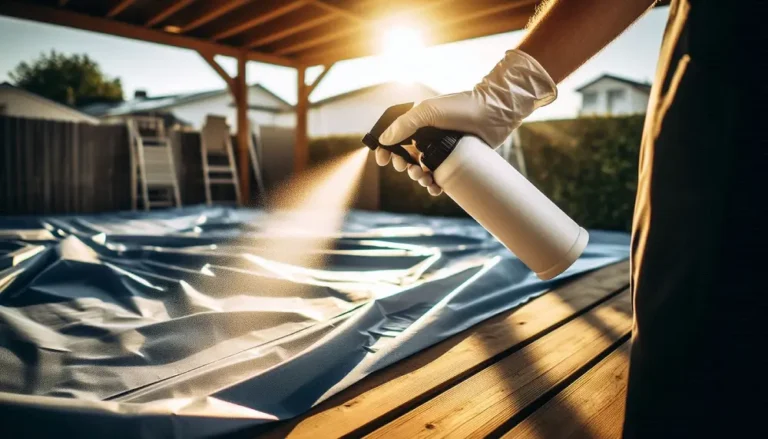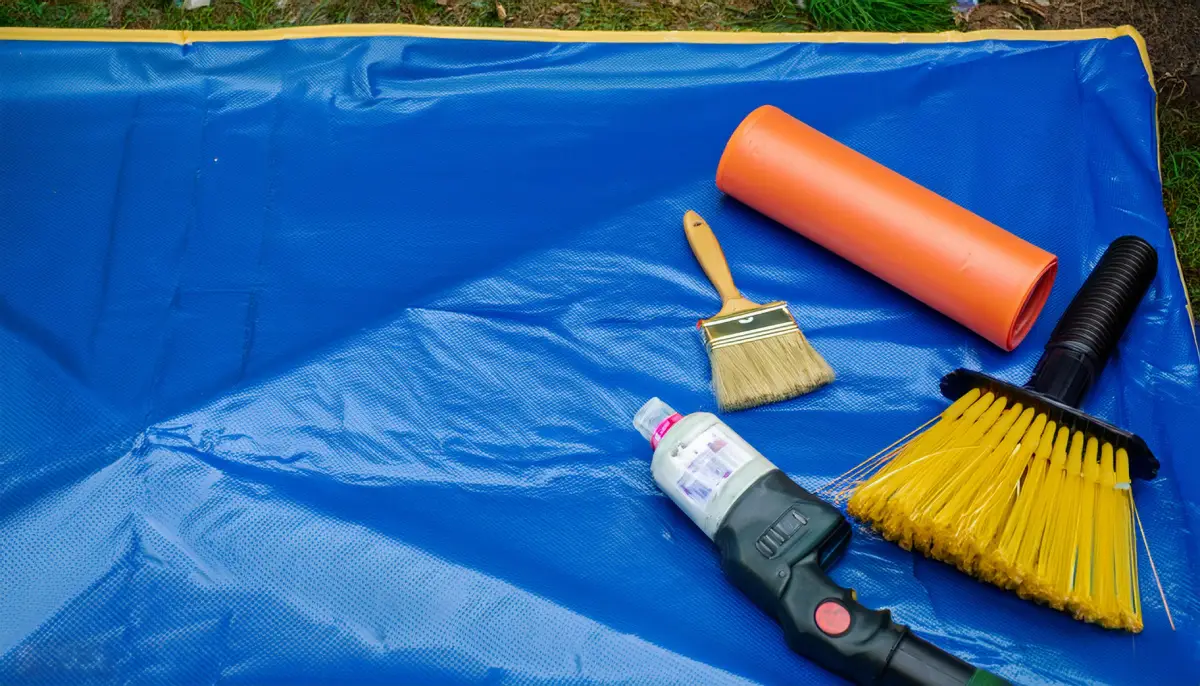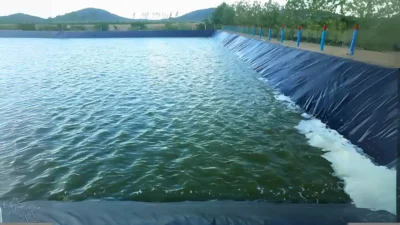Tarpaulin Maintenance: Simple Tips for Lasting Durability
Tarpaulins are like trusty sidekicks—always ready to protect your goods, equipment, or even your home. But let’s be real: they won’t last forever without some care. Whether you’re using a tarp to cover your boat, your farm equipment, or your backyard project, maintaining it properly can extend its life and save you money in the long run.
In this guide, we’ll walk through practical tarpaulin maintenance tips to help you prolong your tarpaulin’s durability. From cleaning and storing it the right way to repairing small tears and protecting it from the sun, these tips will keep your tarp in great shape for years.
Why Should You Care About Tarpaulin Maintenance?
Imagine this: you invest in a durable tarpaulin, but after a few months of neglect, you notice it’s torn, dirty, and faded. Sound familiar? The truth is, tarps can handle a lot, but they also take a beating from the weather, dirt, and heavy loads. Without a proper tarpaulin care routine, even the toughest tarp will wear out faster than you expect.
By following a few simple tarpaulin upkeep tips, you can extend the life of your tarpaulin—keeping it looking good and functioning well, even in tough conditions. Plus, it saves you from spending money on new tarps every season!
1. Keep It Clean: The First Step to Longer Tarp Life
Why Regular Cleaning Matters
Let’s start with the easiest maintenance task: cleaning your tarpaulin. Dirt, dust, and mildew not only make your tarp look old but also weaken its material. Over time, even small amounts of dirt can rub against the fabric, causing it to wear down.
Here’s a quick and easy cleaning process:
Step-by-Step Cleaning Guide:
- Step 1: Shake off loose dirt – Before washing, give your tarp a good shake to remove debris like leaves, dust, or mud.
- Step 2: Use mild soap and water – Harsh chemicals can damage the tarp’s protective coating, so stick to a mild detergent. Mix it with warm water and gently scrub the tarp using a soft brush or sponge.
- Step 3: Rinse thoroughly – Make sure all soap is rinsed off to avoid residue buildup, which can weaken the material.
- Step 4: Air dry completely – Don’t store or fold your tarpaulin while it’s still wet. Let it air dry in a shady spot to prevent mold and mildew growth.
Quick Tip: Clean your tarp after heavy use, especially if it’s been exposed to mud, chemicals, or seawater.

2. Store It Properly: No More Premature Damage
Why Storage Is Important
Proper storage is one of the easiest ways to prolong the life of your tarpaulin. If you leave it crumpled in a corner or exposed to the elements when not in use, it can get damaged quickly. Correct storage prevents creases, rips, and moisture buildup.
Tarpaulin Storage Solutions:
- Clean before storing – Always clean and dry your tarp before putting it away. Storing it while wet can lead to mold or mildew.
- Roll, don’t fold – Instead of folding, try rolling your tarp to avoid sharp creases that can weaken the fabric over time.
- Choose a cool, dry place – Store your tarpaulin in a cool, dry area—like a garage or shed—where it won’t be exposed to extreme temperatures or humidity.
Pro Tip: Use a tarp storage bag to keep it protected from dust, pests, and moisture while in storage.

3. Repair Small Tears Immediately: Stop Problems Before They Get Worse
Why Quick Repairs Matter
Even the most durable tarpaulin can suffer minor damage over time—whether it’s a small tear from a sharp object or worn-out seams. Ignoring these small issues can lead to bigger, costlier problems later. Luckily, repairing a tarp is easier than you might think!
How to Fix Your Tarpaulin:
- Inspect regularly – Check your tarpaulin for signs of damage like small holes, tears, or worn seams.
- Use a patch kit – For small holes, you can use a tarp repair kit or adhesive tape designed for tarps. Clean the area, apply the patch, and press it firmly.
- Sew larger tears – If you have a bigger tear, stitch it up using a heavy-duty needle and thread. Then apply a waterproof sealant to prevent leaks.
Quick Tip: Always keep a small repair kit handy. A quick patch-up can save your tarp from becoming unusable.

4. Don’t Overload: Stick to the Weight Limits
Why Overloading Shortens Tarp Life
Every tarpaulin has its limits. Pushing it beyond its capacity by overloading it can cause stretching, tears, and long-term damage. To avoid these issues, make sure you’re using the right tarp for the job.
Tarpaulin Usage Guidelines:
- Know your tarp’s weight limit – Check the manufacturer’s specifications to understand the maximum load your tarp can handle.
- Distribute weight evenly – When covering heavy items, spread the weight evenly across the tarp to avoid stressing one area.
Pro Tip: If you regularly use your tarp for heavy-duty jobs, consider investing in a heavy-duty tarp with higher weight limits.

5. Shield It from the Sun: Protect Against UV Damage
Why UV Rays Are a Tarp’s Enemy
Did you know that the sun can cause serious damage to your tarpaulin? Prolonged exposure to UV rays can weaken the fabric, make it brittle, and cause it to fade. To extend your tarpaulin’s life, it’s essential to protect it from sun damage.
How to Protect Your Tarpaulin from UV Rays:
- Use a UV-resistant tarp – If your tarpaulin will be used outside for long periods, invest in one that’s designed with UV protection.
- Apply UV protectant spray – There are sprays available that add an extra layer of UV protection. Apply this every few months to keep your tarp strong.
- Store in the shade – Whenever possible, keep your tarp out of direct sunlight or store it under cover.
Quick Tip: UV protectant sprays can help preserve not just the strength but also the color of your tarp.

6. Condition the Fabric: Keep It Flexible and Strong
Why Conditioning Helps
Just like leather or rubber, tarpaulin fabric benefits from a bit of conditioning now and then. Over time, exposure to harsh weather can make your tarp stiff and prone to cracking. Using a tarp conditioner keeps it flexible and prevents damage.
How to Use Tarp Conditioners:
- Choose the right product – Look for tarp conditioners designed for your tarp’s material (like vinyl or canvas).
- Apply annually – For the best results, condition your tarpaulin at least once a year, or more often if it’s used frequently in tough conditions.
Pro Tip: Some conditioners also add waterproofing properties, giving your tarp extra protection from the elements.

Final Thoughts: Simple Maintenance Equals Longer Tarp Life
Your tarpaulin is a valuable investment, and a little effort can go a long way in making it last. By keeping it clean, storing it properly, repairing small issues quickly, and protecting it from the sun, you’ll significantly prolong its durability. Follow these easy tips, and you won’t need to replace your tarp any time soon!
FAQ
How often should I clean my tarpaulin?
Clean it after heavy use or exposure to dirt. For regular maintenance, a deep clean every few months is ideal.
How should I store my tarp?
Store your tarpaulin clean, dry, and rolled in a cool, dry place to prevent damage.
Can I repair small tears in my tarp?
Yes! Small holes can be patched easily using a tarp repair kit or heavy-duty tape.
How do I protect my tarp from UV damage?
Use a UV protectant spray or invest in a UV-resistant tarp for long-term sun exposure.


